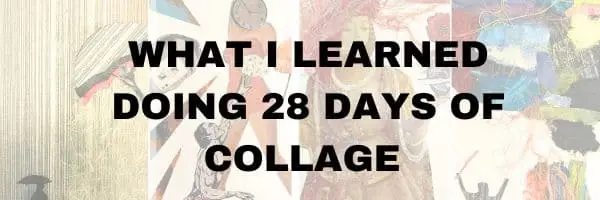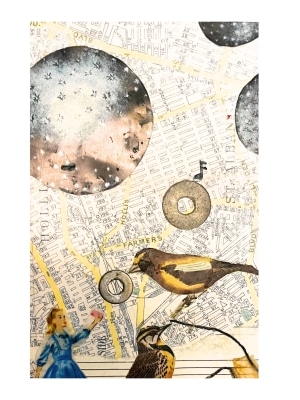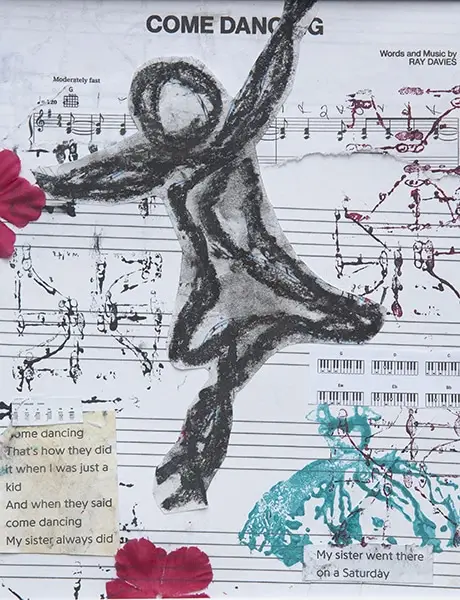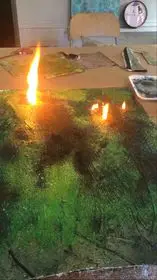PEGGY GUGGENHEIM
SELF PROFESSED ART ADDICT
1898 – 1979
Peggy Guggenheim’s life reads like a series of headlines – so, I wrote it as such!
- Her father, Benjamin Guggenheim, died on the Titanic – but ironically, his mistress survived. He is reportedly to have said “We’ve dressed up in our best and are prepared to go down like gentlemen” Here is an image of an actor portraying him in the movie TITANIC.
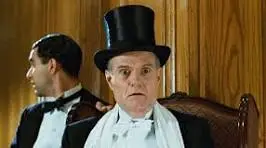
- Her father was not as wealthy as the other Guggenheims. He made some poor business decisions instead of working with his brothers in the mining industry..
- Peggy was 14 when her father died. She inherited $2.5 million (about $45.3 million today).
- She opened her first gallery in 1938 – called GUGGENHEIM JEUNE, located in London.She began collecting surrealist, abstract and modernist paintings. She later recalled that she put herself on a regime to buy one picture a day.
- “One picture a day” proved to be a successful venture. By 1939 she had 10 Picassos’, 40 Enst’s, 8 Miro’s, 4 Magritte’s, 3 Man Ray”s, 3 Dali’s, 1 Klee and 1 Chagall.
- She was married to Laurence Vail from 1922 to 1928 – After the birth of their first son, Sindbad, the couple travelled to Italy and Egypt. In 1926 they travelled to Switzerland, where their second child, Pegeen, was born. Where did they come up with those names?
- THE LOUVRE MUSEUM didn’t recognize the worth of her collection, calling them too modern and “not worth saving”. But Peggy outsmarted them all by shipping the entire collection to New York as “household goods”.
- She opened the ART OF THE CENTURY gallery 1942 in New York. Also, in 1942 she began a five year marriage to Max Ernst.
- Robert Motherwell, Clifford Still, and Jackson Pollack had their first shows at Art Of The Century.. Peggy always considered Pollock’s success her proudest achievement.
- At the end of the war her marriage to Max Ernst was over and she returned to Europe – for good!

- Peggy displayed her collection in the 1948 Venice Biennale. There was pavilion specifically dedicated to artists shunned by the Nazi’s.
- A few years later, Petty bought the PALAZZO VENIER DEI LEONI on the Grand Canal – an unfinished, single-story palace on the Grand Canal and proceeded to set up shop (pictured above).
- She opened her home to the public in 1951 – free of charge.
- There are 326 paintings and sculptures by Picasso, Pollock, Brancusi, Miro, Dali’, Calder, De Kooning, Rothko, Giacometti, Kandinsky and Duchamp.
- SHE is buried on the grounds of her Venice estate – with her beloved 14 Lhasa apso dogs.
- Her daughter, Pegeen, committed suicide in 1967.
- IN 1969, works from THE PEGGY GUGGENHEIM FOUNDATION opened at the Guggenheim Museum in New York.
- SHE CLAIMED to have slept with 1,000 men. Among them – Samuel (Waiting for Godot) Becket and DuChamp.
- SHE IS BURRIED IN THE GARDENS OF HER VENICE ESTATE with her 14 beloved Lhasa apso dog.
“I DO NOT LIKE ART TODAY. I think it has gone to hell as a result of the financial attitude. People blame me for what is painted today, because I had encouraged and helped this new movement to be born. I am not responsible…today is the age of collecting, not creation.”
“Peggy Guggenheim was the last of Henry James’s transatlantic heroines – Daisy Miller with rather more balls.” Gore Vidal.
This is just the tip of the iceberg about her life. I recommend the documentary PEGGY GUGGENHEIM, ART ADDICT, If your library subscribes to KANOPY – you can watch it free there.
Next up is Isabelle Stewart Garner. If you have any suggestions for a woman for me to delve into – leave a comment!








